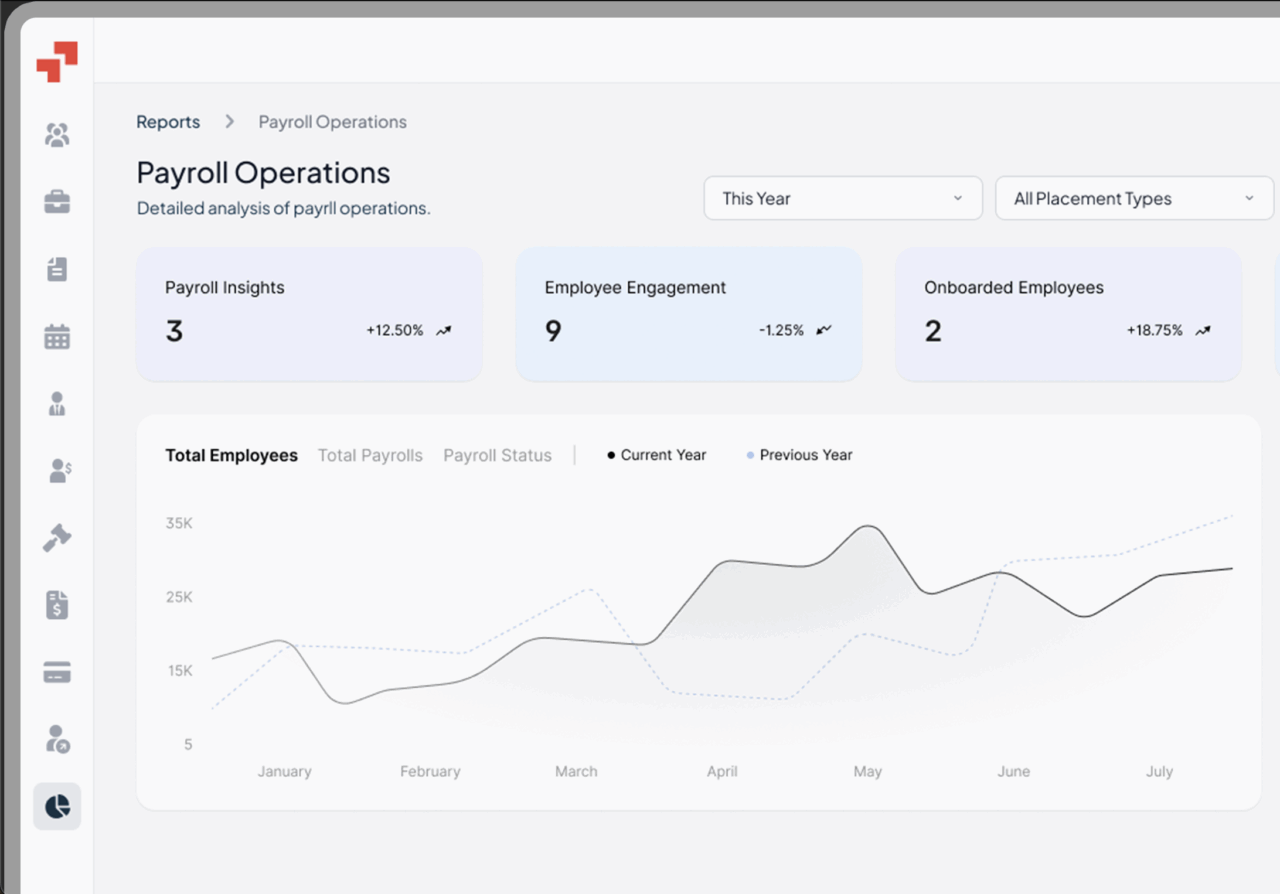Global Workforce GlossaryPost-Tax Deductions
Post–Tax Deductions Meaning
A post-tax deduction reduces the employee’s net pay and net income after all taxes are withheld from the employee’s wages.
Voluntary deductions, such as certain benefits, are only applied after taxes are withheld. The tax implications of post-tax deductions mean they do not reduce the employee’s taxable income or tax liabilities, but instead affect the employee’s final net pay.
Unlike pre-tax deductions, which lower taxable income, post-tax deductions impact take-home pay only. Common items include retirement loan repayments, union dues, and charitable contributions. Executives must track these separately to ensure correct payroll reporting, maintain compliance across jurisdictions, and avoid miscalculations that could trigger audits or fines.
Pre-tax Deductions vs Post-tax Deductions
Pre-tax deductions are made on a pre-tax basis and include pre-tax benefits such as health insurance plans, health savings accounts, and flexible spending accounts, all of which are deducted from gross pay before taxes are calculated.
Pre-tax contributions and employee contributions to retirement plans, like 401(k)s, can provide significant tax benefits and tax savings by reducing the employee’s overall tax burden. Transportation expenses, such as commuter benefits, can also be deducted on a pre-tax basis, further lowering taxable income.
Post-tax deductions are withheld after taxes and do not reduce tax owed. The distinction is critical for financial planning and compliance, as misclassifying deductions can lead to IRS or HMRC penalties and incorrect payroll reporting.
Calculating Post-tax Deductions
To calculate post-tax deductions, begin by subtracting all payroll taxes, including federal income tax, FICA taxes, Medicare taxes, and Medicare taxes, from gross pay. This tax withholding process is a key step in payroll processing and ensures compliance with statutory requirements. After all applicable taxes have been withheld, after after-tax deduction is subtracted from the employee’s net pay.
These after-tax deductions, such as certain insurance premiums or Roth 401(k) contributions, are made with after-tax dollars, reducing the employee’s remaining take-home pay. Understanding the distinction between pre-tax and after-tax dollars is essential for accurate payroll processing and tax planning.
For example, if an employee earns $5,000, pays $1,200 in payroll taxes, and has a $100 after-tax deduction, the net pay is $3,700. Executives should implement automated payroll systems that handle jurisdiction-specific rates to ensure accuracy and prevent errors.
What are Examples of Post-tax Deductions
Common post-tax deductions include repayment of employer-provided loans, after-tax retirement contributions, Roth 401(k), IRA contributions, disability insurance, group term life insurance, garnishments, charity donations, union dues, job expenses, transportation expenses, and unpaid debts. Some retirement plans, such as Roth 401(k) and certain IRA contributions, are funded with post-tax dollars and are considered post-tax benefits.
Additionally, some health insurance plans, flexible spending accounts, and health savings accounts may be subject to post-tax deductions depending on the plan structure. Withholding insurance premiums may require employee consent and is sometimes called after-tax deductions.
Globally, deductions can also include voluntary insurance, professional memberships, or company-specific perks deducted after taxes. Proper categorisation is crucial for payroll compliance and accurate financial reporting.
Do Post-tax Deductions show on a W-2?
Yes. In the US, post-tax deductions may appear in Box 14 or other supplemental sections of the W-2 form but do not reduce taxable wages in Boxes 1–3, which reflect federal income tax calculations.
Tax withholding for federal income tax and other statutory deductions is managed according to rules set by government agencies such as the Internal Revenue Service. Executives should ensure payroll systems correctly segregate pre- and post-tax items for accurate year-end reporting and IRS compliance.
Can Employees Opt out of Post-tax deductions?
It depends. Voluntary post-tax deductions like charitable contributions or optional benefits can usually be opted out anytime, whereas mandatory post-tax items (e.g., wage garnishments, court-ordered repayments) are legally binding.
For voluntary deductions, payroll processing and recordkeeping typically require the employee’s written consent to ensure proper authorisation and compliance. Executives must communicate clearly with employees and configure payroll systems to reflect opt-in or mandatory status.
Example Scenario
A US-based SaaS company employs a remote engineer in Germany and a contractor in the UK.
The HR team sets up payroll with $7,000 as the employee’s gross pay (or gross income). In the US, a $200 post-tax gym membership is deducted after federal and state taxes, and wage garnishments may also be applied as post-tax deductions to an employee’s paycheck.
In Germany, post-tax deductions include voluntary pension contributions handled via payroll after income tax. In the UK, charitable contributions through payroll are classified as post-tax and appear on payslips without reducing taxable income.
Executives must confirm correct categorization and reporting across all regions to prevent tax discrepancies and penalties, ensuring employees receive accurate net pay.
FAQ’s
Do Post-tax Deductions Affect Taxes?
Post-tax deductions do not reduce taxable income, so they have no impact on federal or state taxes owed. Employees still pay tax on full wages before these deductions. Importantly, post-tax deductions do not reduce Medicare taxes, FICA taxes, or Medicare tax, meaning these payroll taxes are still calculated on the employee’s gross income. The tax implications of post-tax deductions include their effect on overall tax liabilities, as these deductions are made after all required taxes are withheld, impacting the employee’s net income.
However, certain benefits, such as specific life insurance policies or qualified retirement account withdrawals, may be tax free if particular requirements are met. Misunderstanding this distinction can lead to incorrect payroll reporting and compliance risks in the US, UK, or EU.
How to Tell if a Deduction is Post-tax or Pre-tax?
Check whether the deduction reduces taxable income. If it lowers federal or state income taxes (like health insurance), it’s pre-tax. If it occurs after taxes are calculated (like charitable donations or loan repayments), it’s post-tax.
Payroll software, HR policies, and country-specific guidance should clearly categorise deductions, and effective payroll processing is essential for compliance. Understanding tax laws and local taxes is crucial to ensure accurate deduction categorization and legal adherence.
Hire the Best Talent, Anywhere






